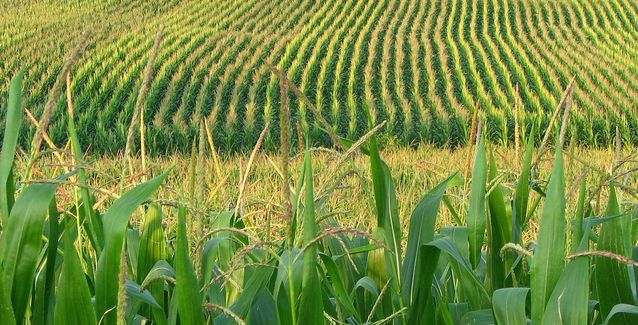Agriculture sector faces worker shortages as planting season begins due to COVID-19
by March 18, 2020 6:21 pm 884 views

Farm incomes have dropped 50% during the last eight years and a hodgepodge of factors have contributed. Lower commodity prices, trade wars and erratic weather have hurt farm profitability in a number of ways.
As the planting season opens and the COVID-19 disease spreads across the country, farmers are facing a new challenge – a lack of workers, American Farm Bureau Federation President Zippy Duvall said.
There are two types of workers who could be impacted as a result of the coronavirus, American Farm Bureau Federation Executive Vice President Dale Moore said. The first group are Americans who work on farms that could contract the disease. To date, there have been no significant reports of American farm workers contracting COVID-19, he said.
But a second group of workers, those temporary immigrants with H-2A agricultural work visas, may have a much harder time crossing the border to work this season, he said. Many international flights into the country have been canceled, hampering the ability of workers from multiple countries to travel. About 90% of all H-2A ag workers come from Mexico, but restricted travel across international borders could impact those numbers, too, he added.
The U.S. State Department has not released the actual number of H-2A holders or those who qualify for exemptions to interview rules, so it is hard to determine exactly how many workers could be impacted, officials said.
Another problem that could develop is supply chain disruptions, Duvall said. There have been no reported problems with supplies moving into farms – fertilizers, seed, food, cleaning supplies, etc. – and the movements between livestock farms and processing plants has been seamless. But, with the onslaught of consumer buying in recent days, processing plants need to have systems in place to handle the surge.
“We have plenty of food out there,” Duvall said.
Phase one of the trade deal with China has been slow to evolve, but progress is being made even as the coronavirus has washed across the country, AFBF economist Dr. John Newton said. The Chinese have made some progress toward buying more American ag goods, he said. About 500 U.S. beef plants have been approved to sell goods to China is one area of improvement, he said.
“I think that’s a step in the right direction,” he said.
Prices in many sectors have been in free-fall since the disease was confirmed in China in mid-January, Newton said. Live cattle prices are down 28% and class four milk, used to make powders, has dropped 26%. Hog prices are down about 20%. Until the disease gets under control, it’s hard to predict how or when prices will recover, he said.
Duvall and Moore noted the ag sector has not asked Congress or the White House for any specific types of relief in the wake of a trillion dollar spending package that is being formulated to help the public navigate the crisis. The reason the ag industry hasn’t sought relief is its too early to know how much and what kinds of relief will be needed, Duvall said. Right now, the industry is concentrating on two things as the planting seasons looms.
“Right now, we need workers. Right now, we need our supply chains to stay in place,” Moore said.
